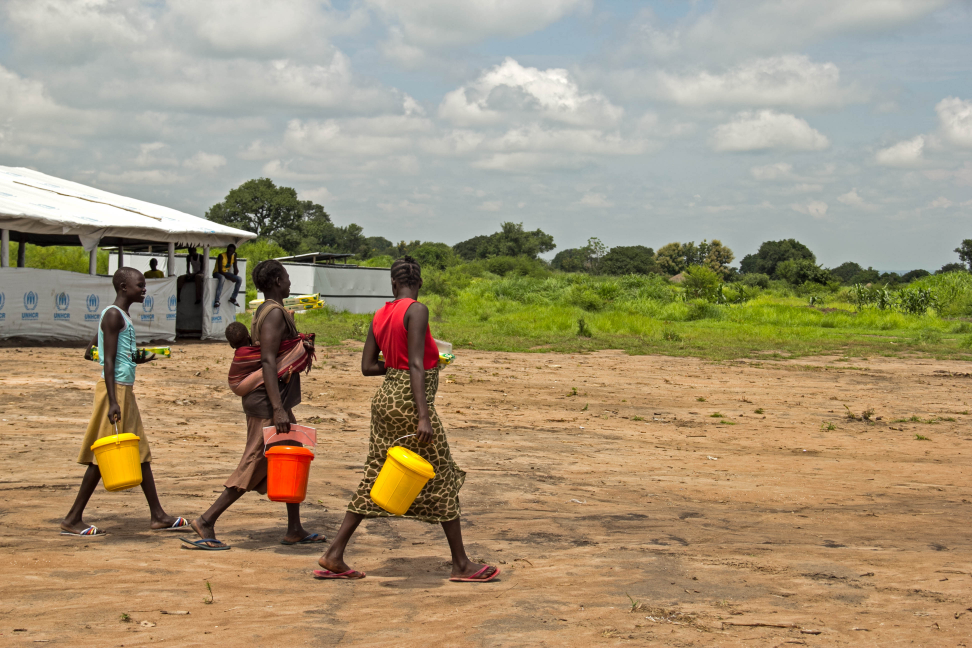The Beginning: Household and Community Surveys

After roughly ten days of work on the household and community surveys, which included a few test runs, we have begun to carry them out in villages. When we arrive in the village, there are customary introductions with the chief and elders. This usually results in a gathering of most of the population of the village, apart from those doing agricultural or other labour. From there, we conduct our surveys.
As it is a rural area, the village conditions are generally the same, depending on the population and accessibility or distance to the road. A general rule of thumb is the farther a village is from the road, the less developed it is. However, sometimes you stumble upon a village that has used indigenous knowledge to develop its own systems of doing things.
Houses and hand pumps or pulley wells are concentrated around the access route into the village. Houses consist of mud or cement brick walls and sheet metal or thatch roofing. Women and elders usually sit outside their houses cooking or minding small children.
People have responded well to the surveys, which is a good sign for data analysis. As we are still in the early stages, we are not making any assumptions about responses, but rather continuing to collect as much data as possible.
Paul Byars - PhD Researcher, Edinburgh University
Stay updated
Sign up for our newsletter to receive regular updates on resources, news, and insights like this. Don’t miss out on important information that can help you stay informed and engaged.
Related articles
.png)


Explore Elrha
Learn more about our mission, the organisations we support, and the resources we provide to drive research and innovation in humanitarian response.